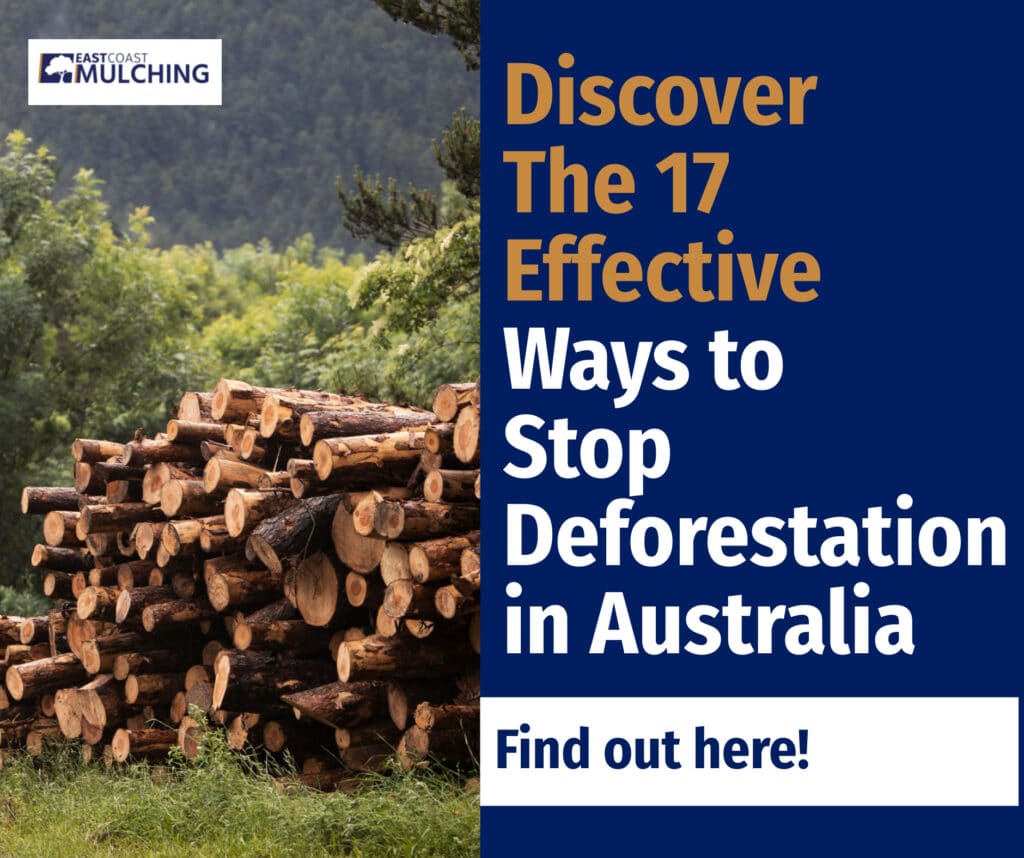Vegetation clearing is governed by legislation. Before cutting down trees on your property, you must consider the implications of local and state regulations. If you don’t, you may end up facing hefty fines. So, how do you know if you need a permit to remove a tree? That’s what we’ll look at in this article.
Key takeaways 
- The Sunshine Coast Planning Scheme 2014 regulates vegetation clearing locally.
- Trees may be protected by different mechanisms and for various reasons.
- The Planning Schemes Codes of Assessment considered protected vegetation. These categories determine if a permit is needed.
- Obtain a free property report to determine if your property contains assessable vegetation or high-risk areas.
- If a tree is subject to assessment, you must submit a tree pre-development assessment report application to the Council.
Local council rules you must know before cutting down trees planted on your property
State and federal laws regulate vegetation clearing. However, local councils implement frameworks to ensure existing regulations support environmental protection locally. The Sunshine Coast Council has established the Sunshine Coast Planning Scheme 2014 to manage vegetation clearing in the area.
Protected trees
Vegetation may be protected by different mechanisms, such as:
- Vegetation management code;
- vegetation covenants;
- biodiversity, waterways and wetlands overlay code;
- drainage easements;
- development approval conditions.
According to Sunshine Coast Council, removing a dead tree can include the following:
- cutting down dead trees
- chopping into or damaging the trunk of a tree
- pruning to the extent that the tree is likely to die
- clearing of plants within under-storey areas (below the tree canopy).
There are many reasons why a tree has protection against damage, such as:
- The species is rare or endangered;
- The tree is over a certain age or size;
- The tree is in an ecologically significant area.
You can find a list of rare or endangered plants in South-East Queensland here. If you’re unsure whether a tree you wish to remove is protected by legislation, contacting a professional arborist is best.
Codes of assessment
The Planning Scheme’s Codes of Assessment define what development category a large tree removal falls into. There are three categories:
- Accepted development;
- Assessable development; and
- Prohibited development.
Accepted development
Accepted development allows property owners to remove a tree without needing development approval. The Planning Scheme considers exempt clearing work as accepted development. Exemptions are listed in Schedule 1 Definitions of the Planning Scheme.
Some accepted development may require the property owner to notify the Department of Natural Resources, Mines and Energy (DNRME) of the removal. This clearing work can commence after the DNRME has confirmed receipt of the notification.
There are currently nine codes that make a clearing project accepted development. You can file a notification for most tree removals online if you are eligible under these codes.
Assessable development
Assessable development requires approval before undertaking. There are two categories within assessable development: code assessment and impact assessment.
Code assessment
Tree removal subject to code assessment will be evaluated against benchmarks in the vegetation management code. Tree removal may also be affected by overlay codes with particular assessment criteria. For example, a tree may fall within one of the following overlay codes:
- Heritage and character areas overlay;
- Coastal protection overlay;
- Scenic amenity overlay;
- Biodiversity, waterways and wetlands overlay.
Impact assessment
According to the Queensland government, impact assessment applies to development that may impact the amenity of adjoining land uses. This category is generally not applicable to the removal of individual trees.
Prohibited development
Prohibited development covers clearing work for which an application cannot be made. Prohibited development commonly covers trees within a koala priority area. You can read about clearing within koala habitat areas here.
Permit application process
Removing trees is considered development (operational work) under the Planning Act 2017. The Sunshine Coast Planning Scheme regulates vegetation clearing locally.
Obtain a property report
The first step is determining whether a tree you wish to remove is protected. You can apply for a free property report from the Queensland government here. The report contains several maps with crucial information on native vegetation on your property.
Regulated vegetation management map
This map will determine what assessment category your property’s vegetation falls into. You can use this map to see if any assessable vegetation requires a permit to remove.
Vegetation management supporting map
Supporting maps provide additional information on the area’s ecosystems and essential habitats.
Koala habitat areas and koala priority areas map
This map will determine if any of your property falls within a Koala Priority Area or Koala Habitat Area.
You may be exempt from a permit if your property has no high-risk areas. However, you should also seek guidance from the Queensland government about whether notifying the DNRME is necessary.
Fill out an application
If a tree is subject to code assessment, you must fill out the DA Form 1 and submit it to the Council through their online portal.
Conclusion
You may want to remove a tree on your property for many reasons. However, it’s crucial to understand if you need permission from local or state authorities first. The Sunshine Coast Planning Scheme contains information on how the Council regulates vegetation clearing. If you’re wondering how to cut down trees legally, consider how the relevant codes relate to your property to stay on the right side of the law.
If you need assistance removing a tree, East Coast mulching can help. We are a local tree removal service dedicated to helping property owners responsibly and ethically manage vegetation. Contact us for a free quote.









